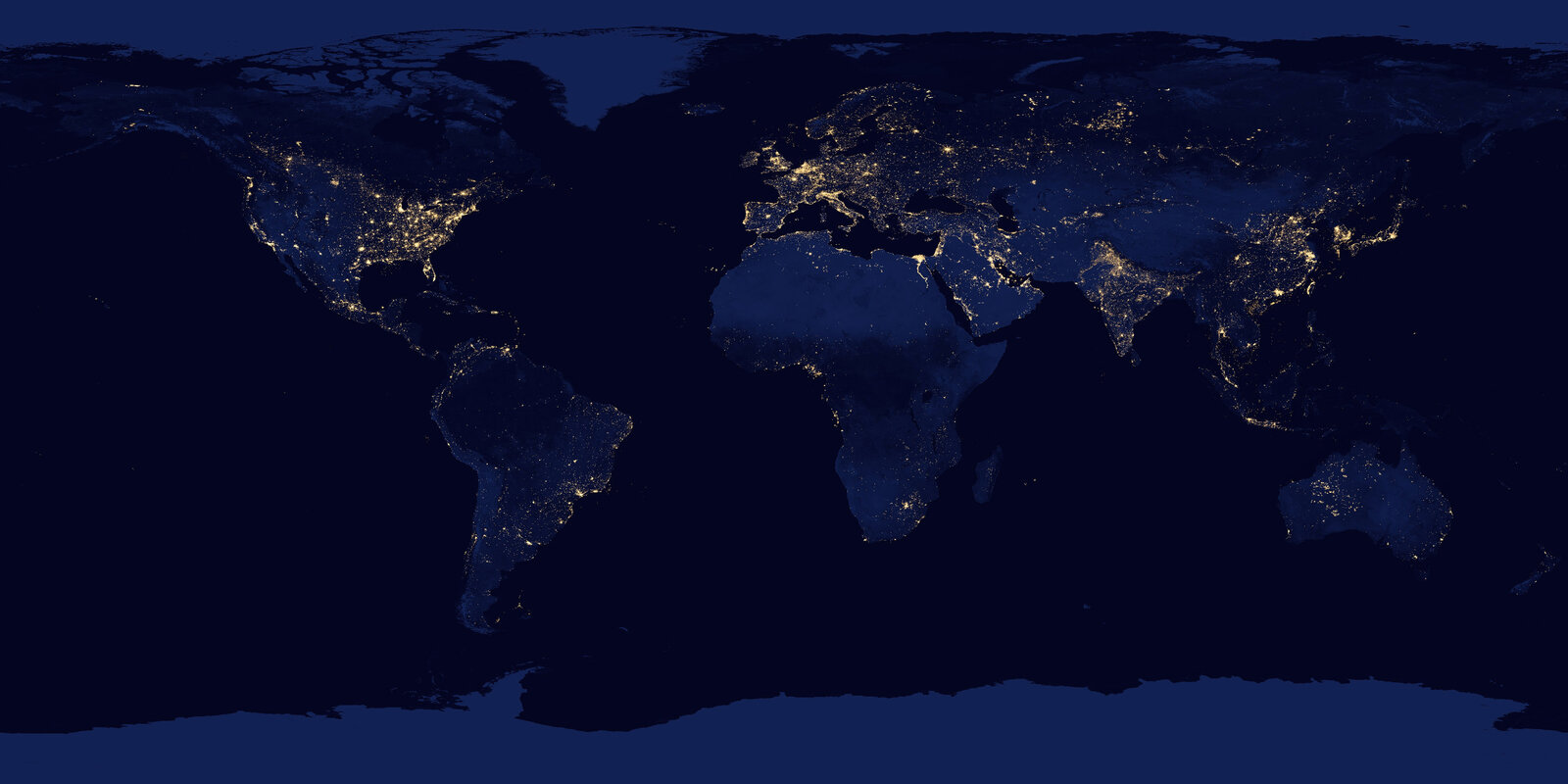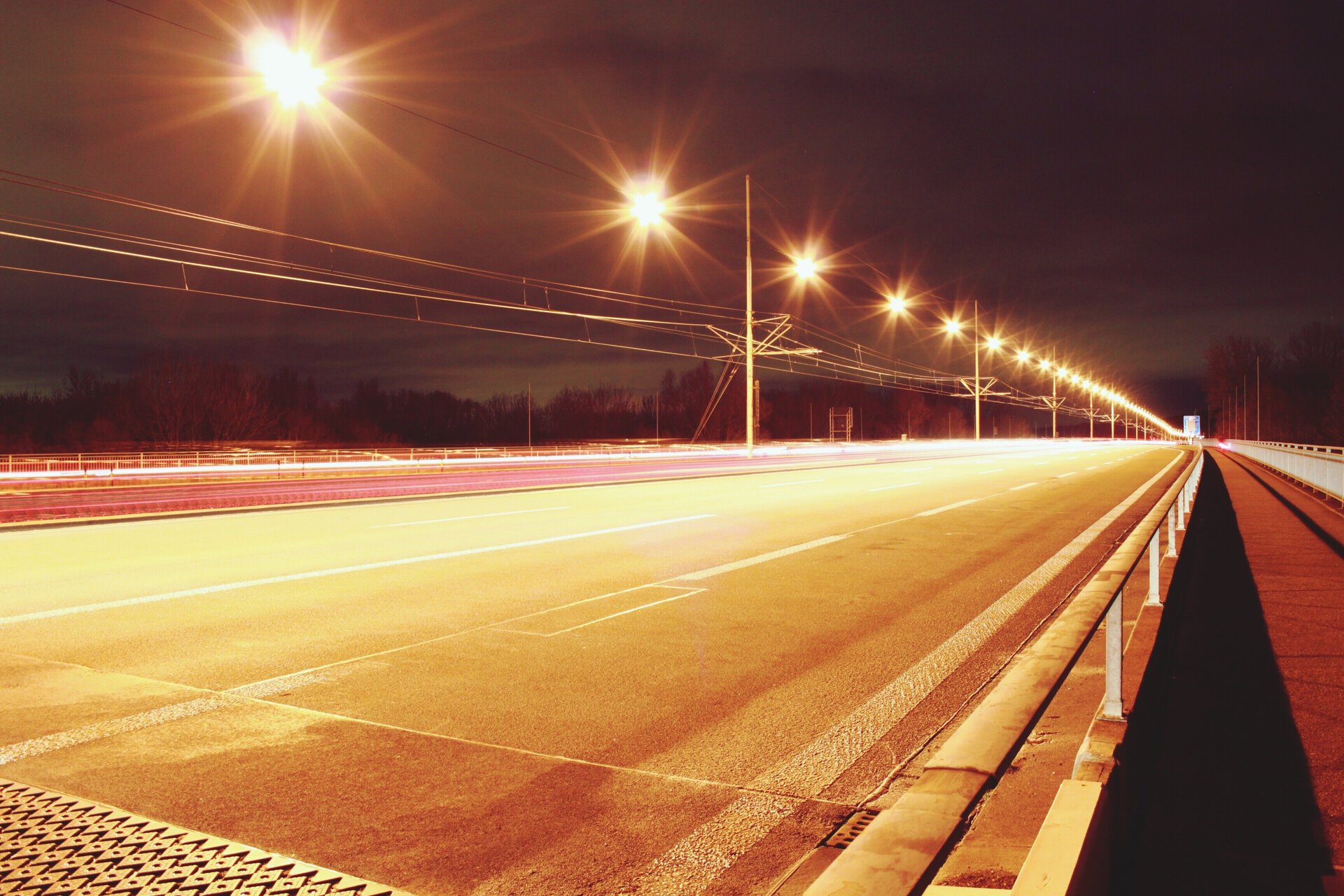
One of the best things about getting out of the city is the view. Of the night sky. Away from the glare of buildings and street lighting, the Milky Way opens up above. Or does it? As light pollution increases, our chances of observing our galaxy are under threat. But that’s not all. Light pollution also has a number of other grave consequences. We speak to two experts to find out more about the issue, the risks it presents and what can be done to prevent it.
“I have to drive for five hours to see a nice starry sky,” Fabio Falchi tells us. This is a long way for anyone to travel; but particularly someone who has dedicated his professional life to the Milky Way. For the past 15 years, Falchi has been a researcher at the Light Pollution Science and Technology Institute in Italy, focusing on the measurement and quantification of light pollution. One of his main projects is the World Atlas of Artificial Sky Brightness . Produced using software developed specifically to compute how the light detected by satellites propagates in the atmosphere, the atlas quantifies the problem of light pollution. “Even I was shocked by the latest findings,” admits Falchi following the publication of the most recent version in June 2016.

“The study found that 83% of the world’s population now lives under light-polluted skies. In the U.S. and Europe, this figure increases to more than 99% of the population,” he explains. Among the G20 countries, Italy and South Korea were found to be the most polluted, whilst Australia was the least. Light pollution is any alteration of natural nighttime light levels, caused mainly by the excessive, misdirected or inappropriate use of artificial lighting. It results in a brighter night sky where the stars are partially or completely obscured. Whilst inhabited areas (particularly cities) are most affected, rural areas also suffer the effects of a brighter night sky. “You can clearly see light domes above cities, even from hundreds of miles away,” explains Falchi.
Falchi refers to light pollution as a “luminous fog.” Poetic as this may sound, the reality is sobering. The consequences are global. Misallocated lighting not only wastes significant amounts of money and energy, it also has grave ecological consequences and implications for human health. Many animals rely on natural patterns of day and night for survival. Disrupting these patterns interferes with hunting, migration and breeding for example. When it comes to humans: “As the American Medical Association warns, artificial light at night, especially light with a high blue content such as that produced by white LEDs, can affect the circadian rhythm and melatonin levels, influencing sleep patterns and immune system functions,” Falchi explains. Adding: “The problem is not intrinsic in LED technology. Very low color temperature white LEDs, lower than about 2500 K are ok. The lower, the better.”
For Falchi, the cultural implications are also important: “To me, the Milky Way is the greatest wonder of nature that we should be able to see every night,” he says. “I fear it could become a phenomenon that future generations will miss out on. If such a great source of inspiration is lost, literature, philosophy and music could all suffer.”

Michael Stats is Vertical Application Manager Transportation & Outdoor DACH at LEDVANCE. His vision is simple and convincing: “Light pollution can be minimized by good light control and good optical systems.” This, he explains, includes dimmers, timers and motion sensors – technologies to which LEDs are particularly well suited.
When it comes to public lighting on streets and roads, greater shielding is essential to prevent light from being emitted upwards. As Stats points out, “in the past such features were often exposed, with light being scattered in every direction.” Modern LED streetlights, in contrast to conventional lamps, can be better targeted to the exact area that needs to be illuminated. “What can never be avoided, however, is the light which is reflected from the ground or surrounding buildings, as well as that which is scattered by particles in the atmosphere beneath a lamp.”
Ultimately, light pollution can be prevented by turning off lights where they are not needed. What is therefore important is to identify where light use can be reduced. Stats acknowledges that this is where opinions will continue to vary. For example, whilst some might argue that facades should be lit at night for cultural reasons, others might see this as completely unnecessary. And what about safety and security? Should street lighting be switched off at a certain time, or reduced? According to Stats, how to best use LEDs to avoid light pollution is a relatively new topic. It still requires greater definition and agreement. “For now, it is about finding a compromise between security, normative requirements, design, orientation and efficiency.”
So next time you switch your lights on at night, or head out after dark, take a look around and ask how many of the lamps you can see are actually needed. And how many are only beaming light where it needs to go. And then look up. Can you see the stars?